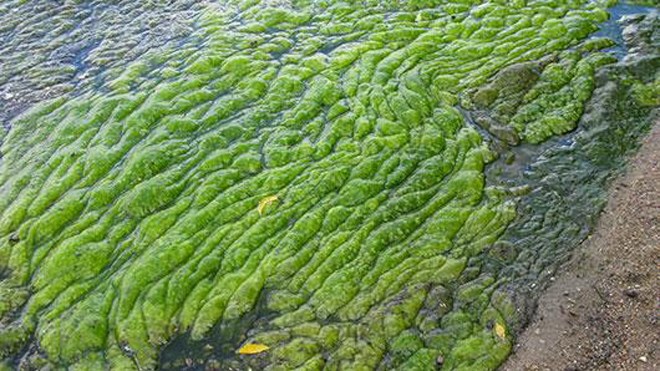SHEBANDOWAN, Ont. - A potentially toxic water-born algae has been detected in another lake in the Northwest.
According to the Thunder Bay District Health Unit, samples collected at the northwest side of Lower Shebandowan Lake earlier this month showed the presence of blue-green algae.
The Ministry of the Environment, Conservation and Parks collected water samples on Aug. 23, 2019 and will be conducting a toxin analysis.
Blue-green algae are microscopic organisms that naturally occur in lakes and streams. Blooms can rapidly increase in warm, shallow, surface water exposed to the sun. Large blooms can make the water look like green pea soup or turquoise paint.
Some blue-green algae blooms can produce toxins that are harmful to people and animals. Exposure to the toxins can result in symptoms including gastrointestinal illness, irritation, hives, rash, blisters or asthma-like symptoms.
If skin comes in contact with the algae, it should be washed with soap and water and rinsed clean to remove the algae.
Tests for toxins in the water collected at Lower Shebandown Lake are expected to be completed in the next four to five days.
People in the area are advised to avoid drinking the water or using it for household purposes or swimming. Pets should also be kept away from the water, as they can be more vulnerable.
The discovery follows blue-green algae being found in Hawkeye Lake, which showed no signs of toxins after testing.
Blue-green algae blooms were rare for lakes in Northwestern Ontario, but due to rising climate and water temperatures, they are becoming more common.
